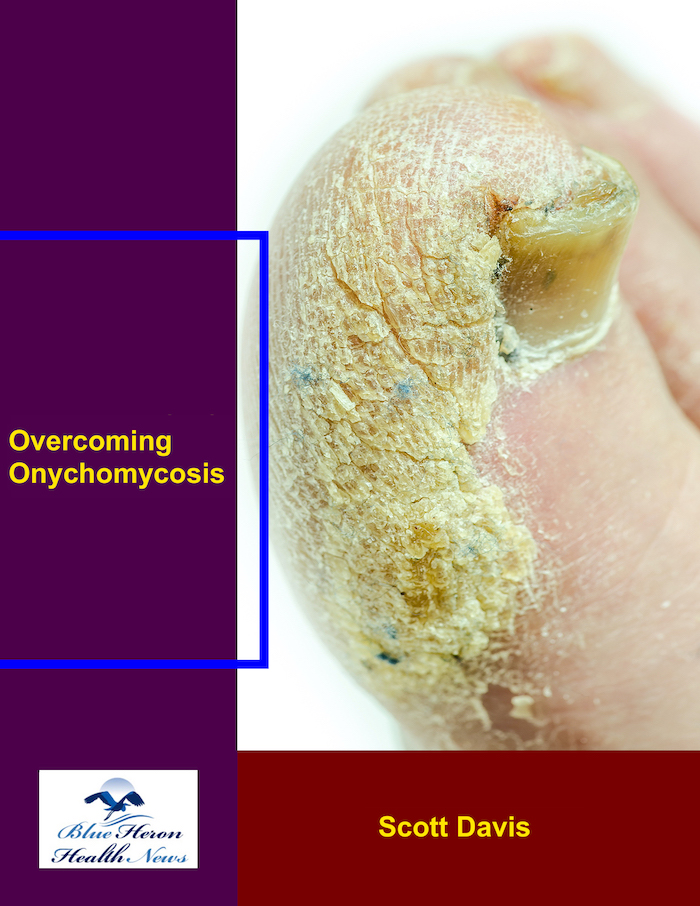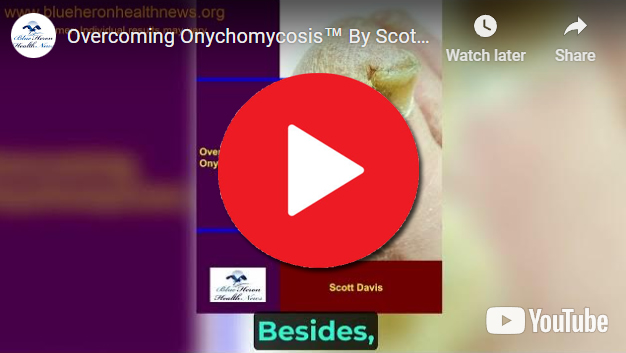
Overcoming Onychomycosis™ By Scott Davis It is a simple, natural, and all-in-one solution for onychomycosis. The program can help you to treat your nail fungus naturally. Once you follow this program, you do not need to spend on expensive treatments to prevent a recurrence. In brief, you can have a proven solution for your chronic nail fungus. Besides, the program is easy to follow, and most users find it effective against onychomycosis.
How effective are topical antifungal treatments for onychomycosis?
Topical antifungal treatments for onychomycosis (fungal nail infections) can be effective, but their success often depends on several factors, including the severity and extent of the infection, the specific fungus involved, and patient adherence to the treatment regimen. Here are some key points regarding the effectiveness of topical antifungal treatments:
1. Effectiveness Based on Severity
Mild to Moderate Infections:
Topical antifungal treatments are generally more effective for mild to moderate cases of onychomycosis, where the infection has not deeply penetrated the nail bed and involves less than half of the nail. In these cases, topical treatments can penetrate the nail plate sufficiently to reach the infected area.
Severe Infections:
For more severe infections, especially those involving significant thickening or distortion of the nail, topical treatments alone are often less effective. The limited penetration of the medication through the thickened nail may not reach the deeper layers where the fungus resides.
2. Common Topical Antifungal Treatments
Ciclopirox (Penlac):
- A medicated nail lacquer applied daily.
- Requires removal with alcohol every 7 days and reapplication.
- Clinical studies show a complete cure rate (both clinical and mycological) ranging from 5.5% to 8.5%.
Efinaconazole (Jublia):
- A topical solution applied daily for 48 weeks.
- Studies have shown a complete cure rate of approximately 15-18%.
Tavaborole (Kerydin):
- Another topical solution used daily for 48 weeks.
- Clinical trials reported a complete cure rate of around 6.5-9.1%.
3. Adherence and Application
- Consistency: Successful treatment with topicals requires consistent and long-term application, often daily for up to 48 weeks or longer. Inconsistent use can significantly reduce effectiveness.
- Proper Application: Ensuring the medication reaches the affected areas, including under the nail, is crucial. This can be challenging and requires careful attention to instructions.
4. Combination Therapy
- Topical and Oral Antifungals: Combining topical treatments with oral antifungal medications can increase the overall efficacy, especially in more severe cases. The oral medication works systemically, while the topical treatment targets the infection locally.
- Topical and Mechanical Debridement: Pairing topical treatments with mechanical debridement (thinning or removal of the thickened nail) can help improve medication penetration and effectiveness.
5. Pros and Cons of Topical Antifungal Treatments
Pros:
- Fewer Side Effects: Topical treatments have fewer systemic side effects compared to oral antifungals, making them a safer option for certain patients, such as those with liver issues or who take multiple medications.
- Ease of Use: Generally easy to apply and non-invasive.
Cons:
- Lower Efficacy Rates: Topical treatments generally have lower cure rates compared to oral antifungals, particularly for severe or extensive infections.
- Long Treatment Duration: Treatment often requires months of daily application, which can be burdensome and lead to poor adherence.
Conclusion
Topical antifungal treatments for onychomycosis can be effective, particularly for mild to moderate infections. However, they are generally less effective than oral antifungal medications, especially for severe or extensive infections. The success of topical treatments largely depends on consistent and proper application over an extended period. In some cases, combination therapy with oral medications or mechanical debridement can enhance the effectiveness of topical treatments. It’s important for patients to consult with a healthcare provider to determine the most appropriate treatment strategy based on the severity of the infection and other individual factors.
Overcoming Onychomycosis™ By Scott Davis It is a simple, natural, and all-in-one solution for onychomycosis. The program can help you to treat your nail fungus naturally. Once you follow this program, you do not need to spend on expensive treatments to prevent a recurrence. In brief, you can have a proven solution for your chronic nail fungus. Besides, the program is easy to follow, and most users find it effective against onychomycosis.
